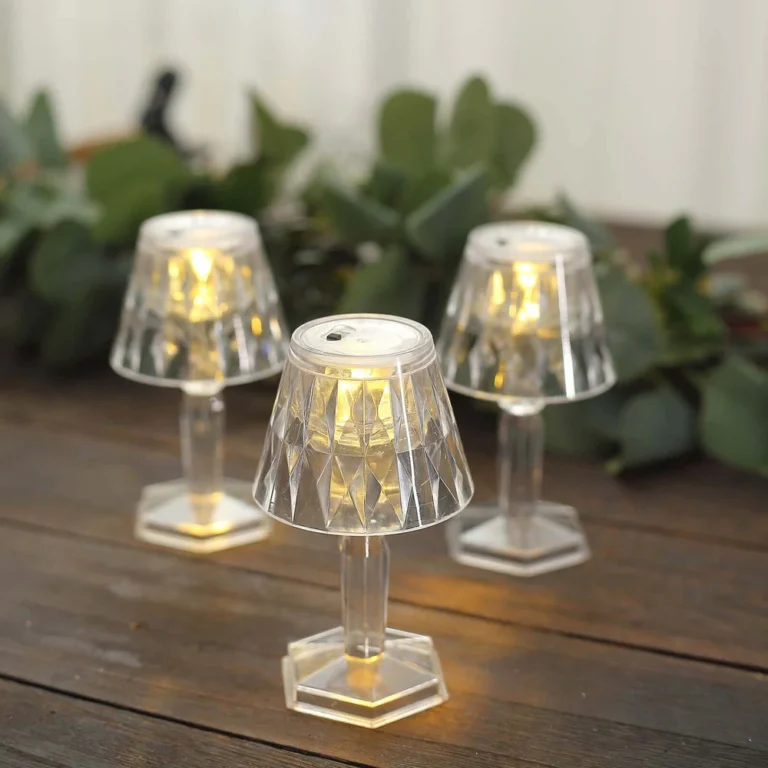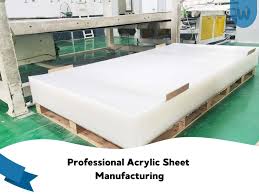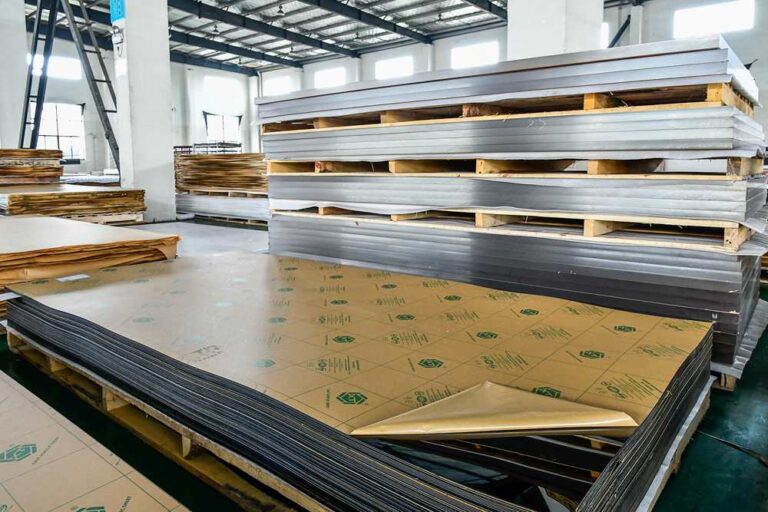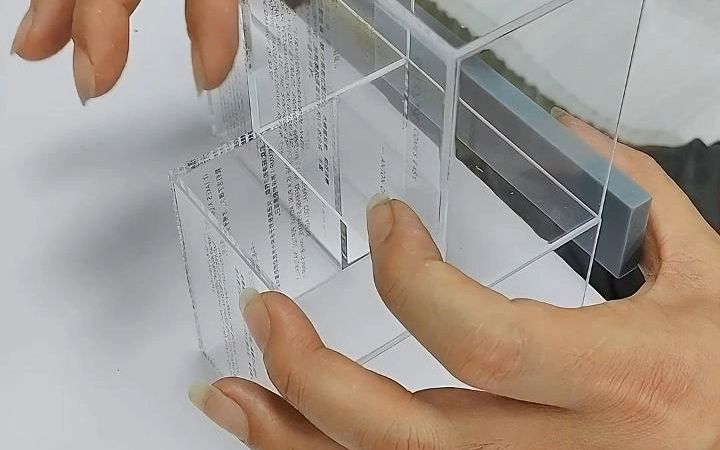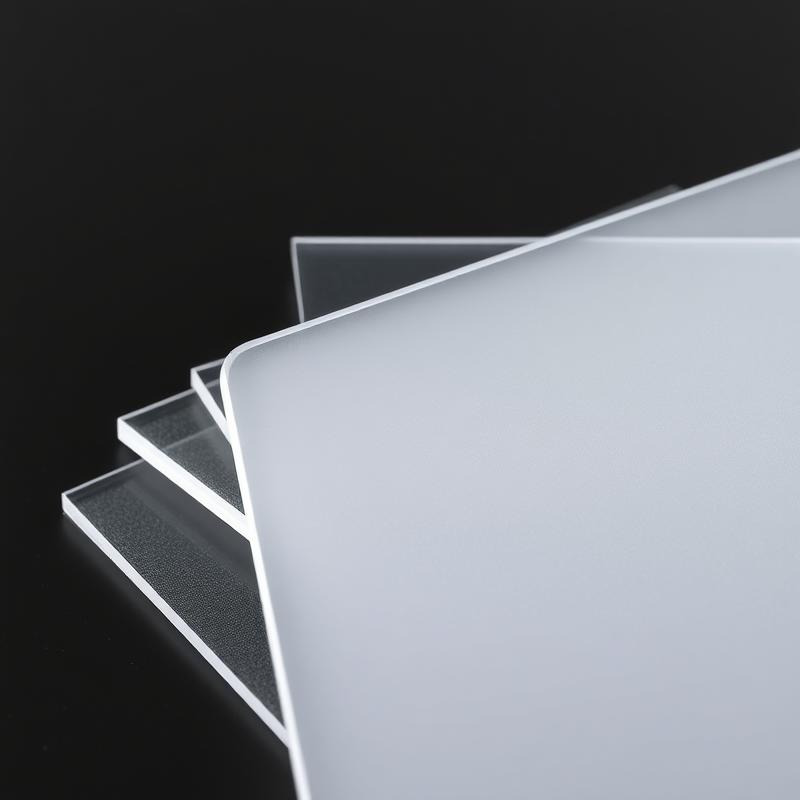-
Xinqi Development Zone, Leliu, Foshan, Guangdong
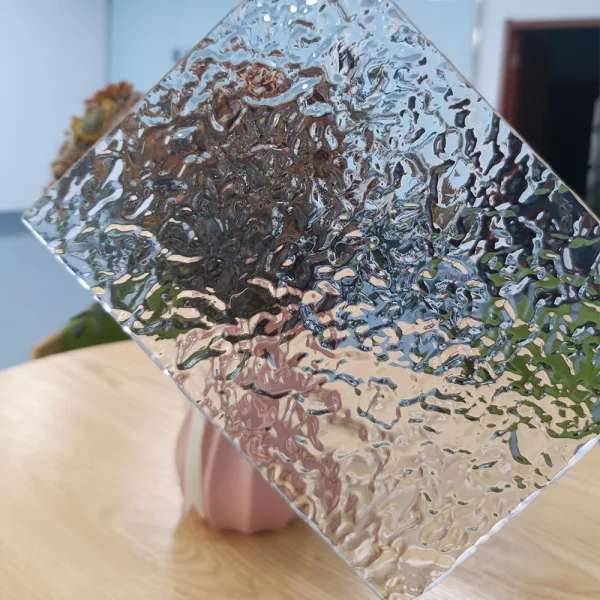
Acrylic Textured Glass Life: 6 Proven Maintenance Strategies
Selecting UV-resistant materials and performing standardized cleaning can extend the lifespan of embossed acrylic glass to over 10 years.
Acrylic embossed glass, with its high light transmittance, lightweight design, and unique decorative textures, has become a popular material for commercial spaces, aquariums, and high-end home furnishings.
Compared to ordinary glass, it offers 10 times greater impact resistance and is 50% lighter. However, it is often criticized as “delicate” due to its soft, scratch-prone surface and varying weather resistance.
If not properly maintained, it may yellow, crack, or even burst. A systematic protective strategy can significantly reduce the risk of damage, preserving its crystal-clear texture for a long time.
—
1. Material Selection is the First Step to Damage Prevention: UV Protection and Toughening Treatments
Ordinary acrylic may yellow and become brittle after one to two years of outdoor use. Specialized acrylic sheets with added UV protection absorb ultraviolet energy and transform it into a durable, durable acrylic. For example, outdoor-grade acrylic (such as imported UV-PMMA) has a UV-resistant coating on its surface, offering a lifespan of 5-10 years. For load-bearing applications (such as large fish tanks), toughened modified acrylic is recommended. Adding a liquid toughening agent such as ZR02.5.110 (at a 0.2%-0.4%) can increase molecular viscosity, reduce the risk of cracking and delamination, and maintain transparency.
Case Study: A seaside hotel’s pool fence uses UV-grade embossed acrylic. With quarterly polishing, its light transmittance remains over 92% after five years.
2. Scientific Cleaning: Avoiding Chronic Surface Damage
Improper cleaning methods are the primary cause of accumulated scratches. Acrylic has a Mohs hardness of only 3-4 (equivalent to aluminum), far lower than grit (Mohs hardness 7). Using rough cloths or abrasive cleaners can leave permanent micro-scratches. Follow these steps:
- Daily Cleaning: Wipe with a microfiber cloth dampened with 1% soapy water or a neutral detergent. For stubborn stains, soften with beer or warm vinegar and then gently rub.
- Water Spot Prevention: Immediately blot dry with a dry cloth after cleaning to prevent scale buildup.
- Periodic Maintenance: Apply liquid polish quarterly, rubbing in circular motions to fill microscopic scratches and enhance light transmittance.
Don’ts: Avoid using solvents such as alcohol and gasoline, as they can cause surface corrosion and cracking.
3. Physical Protection: Using Structural Design to Reduce Contact Damage
Although acrylic is 10 times more impact-resistant than glass, its surface abrasion resistance is relatively low, requiring design to mitigate risks:
- Commercial Spaces: Embossed acrylic panels are embedded within aluminum alloy frames, leaving 3-5mm expansion joints around the edges to avoid concentrated stress from thermal expansion and contraction.
- Home Spaces: Cover coffee tables and display cabinets with tempered glass (≥5mm thick) for dual protection. The lower acrylic panel provides a beautiful texture, while the upper glass provides abrasion resistance.
- Transportation Specifications: Use pearl cotton to separate panels, and store them upright rather than stacked flat to prevent damage from friction caused by the embossed pattern.
4. Temperature Control and Environmental Management: Eliminate Causes of Deformation and Aging
**Temperatures exceeding 70°C can cause acrylic to soften and deform, while the expansion and contraction stress caused by temperature fluctuations between day and night can cause cracking at the edges. Key control points include:
- Avoid high temperatures: Keep away from heat sources (e.g., >1 meter from a heater) and avoid placing hot cups (temperatures often reach 80°C+).
- Control sunlight: For outdoor installations, install an awning or UV-blocking film to reduce direct sunlight exposure.
- Ventilation and moisture control: In humid environments, check the sealant monthly. Remove any cracked or aged sealant promptly and reapply with silicone weatherproof sealant to prevent moisture infiltration and internal cracking.
5. Installation Specifications: Allow “Breathing Space” to Prevent Stress Cracks
Acrylic has a thermal expansion coefficient of 7×10⁻⁵/°C (approximately three times that of metal). Rigid mounting can cause cracking due to temperature fluctuations. Installation precautions:
- Hole Reserve: The bolt hole diameter should be 2-3mm larger than the screw diameter, and a rubber washer should be used for cushioning.
- Frame Clearance: Leave a gap of ≥3mm around the frame (e.g., when the fish tank is wall-mounted) to prevent expansion and cracking during summer.
- Base Leveling: Uneven support surfaces can lead to localized stress exceeding the specified limit. Use a spirit level to calibrate the surface, with an error of ≤1.5mm/m.
6. Damage Repair: Gradual Treatment of Minor Defects
Promptly repairing minor damage can prevent further defects:
- Fine Line Repair: Rub repeatedly with toothpaste and toilet paper to fill scratches with silica.
- Deep Scratches: Sand with 600 grit, then 1200 grit, then 3000 grit sandpaper in water, then apply polishing paste to restore clarity.
- Break Bonding: After cleaning the fracture surface, apply a dichloromethane adhesive (such as IPS adhesive) and press for 24 hours. The strength will reach 90% of the original material.
Note: Damage exceeding 30% requires complete replacement; bonding is only suitable for partial repairs.
Protecting acrylic embossed glass is essentially a synergy between materials science and environmental management: from initial UV-rated material selection, mid-term cleaning and sun protection regulations, to final minor damage repair, a closed-loop maintenance chain is formed.
For commercial applications (such as signs and aquariums), professional maintenance is recommended every six months, including seal testing and mechanical polishing.
By following this strategy, even acrylic used in outdoor environments can maintain an excellent light transmission loss of less than 5% for a period of ten years, truly balancing aesthetics and durability.
FAQ
Q1: How to clean acrylic textured glass without scratching?
A: Use microfiber cloth + 1% soap water. Avoid abrasive cleaners & alcohol.
Q2: Can acrylic textured glass withstand outdoor sunlight?
A: Only UV-grade acrylic (e.g. UV-PMMA). Add sunshades for >5-year durability.
Q3: What temperature causes acrylic glass deformation?
A: Above 70°C. Keep hot drinks (>80°C) 1m away from surfaces.
Q4: How to fix deep scratches on acrylic?
A: Wet-sand with 600→3000 grit sandpaper, then polish with liquid wax.
Q5: Why leave gaps during acrylic installation?
A: Prevents thermal stress cracks. Maintain ≥3mm expansion gaps around edges.
Q6: Can broken acrylic glass be repaired?
A: Small cracks: Use dichloromethane adhesive. Replace if damage >30% area.

